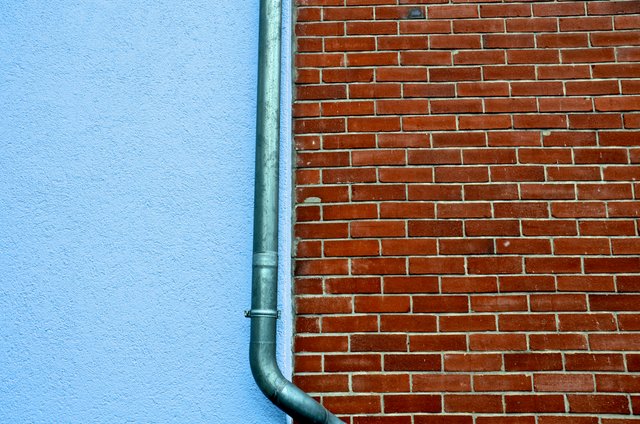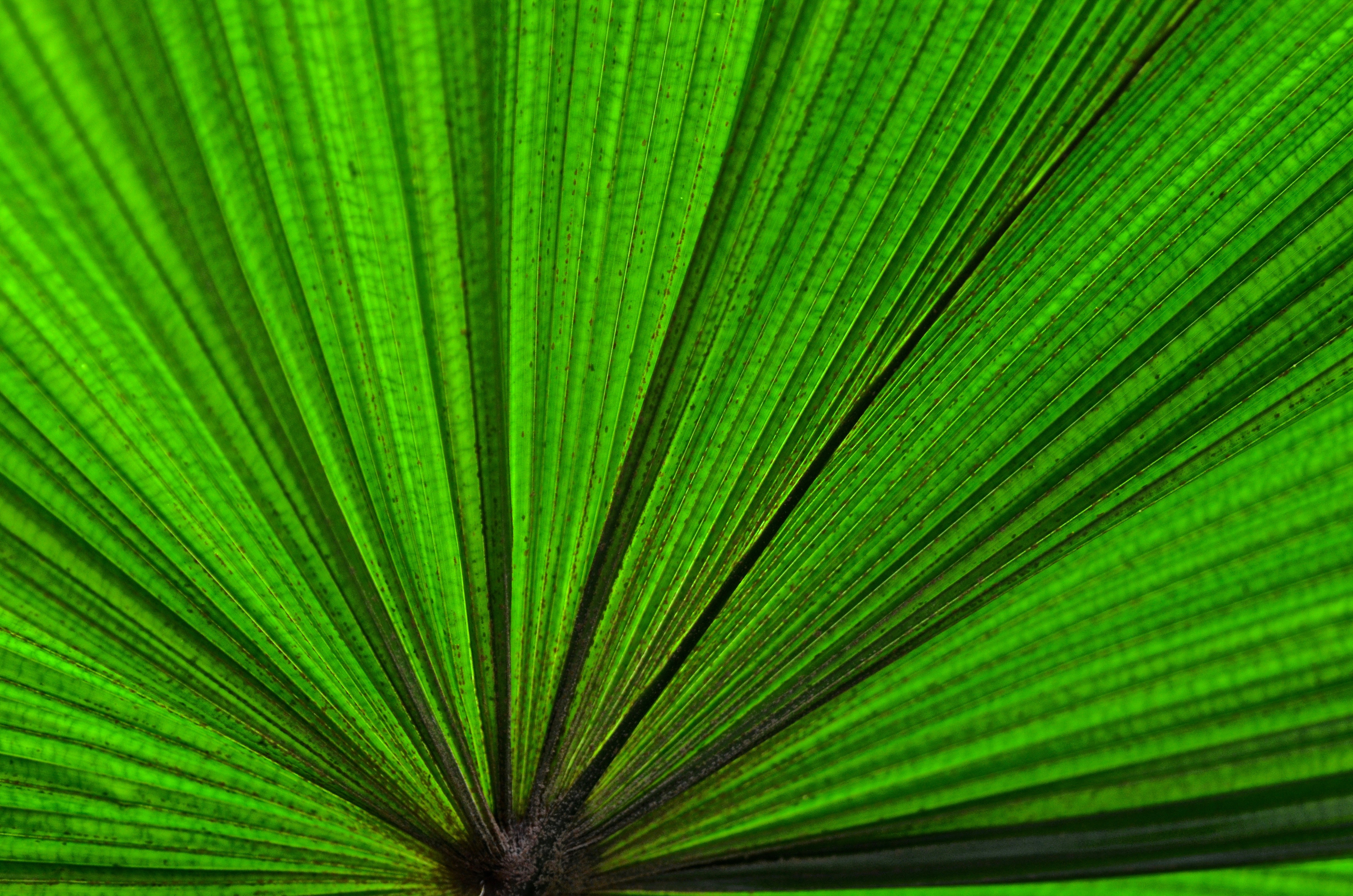Minimalism in photography....Der Minimalismus in der Fotografie... HomeArtPictures Originalcontent (11HQ Photos)

| Good morning dear Steemians, | Guten Morgen liebe Steemians, |
| On this sunny Wednesday morning, I have brought you something quite different. A while ago, I have dealt with the subject of minimalism in photography. This is not an easy but also a simple field of photography. A brief explanation follows. | an diesem sonnigen Mittwochmorgen, habe ich euch einmal etwas ganz anderes mitgebracht. Vor einer weile, habe ich mich mit dem Thema Minimalismus in der Fotografie beschäftigt. Das ist kein leichtes, aber zugleich ein simples Gebiet der Fotografie. Eine kurze Erklärung folgt hier. |

| Step 1. Understand minimalism Minimalism is a style used by many artists in the 20th century. Typical for this is a reduction to as few components as possible, such as color, shape, line and texture. In art, minimalism is seen as a very subjective concept that leaves the interpretation and meaning of a work to the viewer. Many appreciate the openness of this idea and welcome the possibility of free interpretation while others criticize a lack of subject matter and lack of object. For photographers, this is a minor problem, as a photo remains, despite everything, a moment from the real life, which was banned on film. Nevertheless, we can, however, use the techniques of criminalism to increase the meaningfulness of our photographs. | Schritt 1. Minimalismus verstehen Minimalismus ist ein Stil, der von vielen Künstlern im 20. Jahrhundert eingesetzt wurde. Typisch dafür ist eine Reduzierung auf möglichst wenige Komponenten wie Farbe, Form, Linie und Textur. In der Kunst wird Minimalismus als ein sehr subjektives Konzept gesehen, das die Interpretation und Bedeutung eines Werkes den BetrachterInnen überlässt. Viele schätzen die Offenheit dieser Idee und begrüßen die Möglichkeit der freien Interpretation, während andere eine fehlende Thematik und Gegenstandslosigkeit kritisieren. Für Fotografen stellt dies ein weniger großes Problem dar, da ein Foto trotz allem ein Moment aus dem wirklichen Leben bleibt, der auf Film gebannt wurde. Ungeachtet dessen können wir jedoch die Techniken des Miminalismus dazu verwenden, die Aussagekraft unserer Fotos zu erhöhen. |

| Step 2. Keep it simple To understand how to achieve minimalism, there is a simple rule: keep it simple. This does not mean that it must be boring or uninteresting. Try to choose a distinctive, engaging motif that catches your eye. The motif should be the strongest element of the shot, but it can not claim the bulk of the shot. Think about what you want to show on your photo, but also what you want to omit before you press the shutter button. The free space around your motif, it will highlight, so be careful to zoom out or cut off anything that might disturb. | Schritt 2. Einfach halten Um zu verstehen, wie man Minimalismus erzielt, gibt es eine einfache Regel: halte es einfach. Das heißt aber nicht, dass es langweilig oder uninteressant sein muss. Versuche ein markantes, einnehmendes Motiv zu wählen, das ins Auge springt. Das Motiv sollte das stärkste Element der Aufnahme sein, darf aber nicht den Großteil des Fotos beanspruchen. Überlege einen Moment, was du auf deinem Foto abbilden willst, aber auch, was du weglassen willst, bevor du den Auslöser drückst. Der freie Raum um dein Motiv herum, wird es hervorheben, daher achte darauf, alles wegzuzoomen oder abzuschneiden, was stören könnte. |

| Step 3. Composition A strong compositional element is absolutely decisive in order to intensify the effect of the recording. As noted in Step 2, anything you omit is as important as what is being imaged. So take the time to think carefully about the structure of your motive, the environment and the placement. You can use the "third rule" to select the section of your motif. A strong composition can also contain straight lines and lines, more on that later, but keep your eyes open for striking shapes and lines that are good for minimalistic shots. Focus the subject and, if possible, select a sharpening depth to emphasize your subject. This will redirect the eye into your photo, thus enhancing the effect. | Schritt 3. Komposition Ein starkes kompositorisches Element ist das absolut Entscheidende, um die Wirkung der Aufnahme zu verstärken. Wie schon in Schritt 2 vermerkt, ist alles, was du weglässt, genauso wichtig, wie das, was abgebildet wird. Nimm dir also die Zeit, den Aufbau deines Motives, die Umgebung und die Platzierung genau zu überdenken. Du kannst die “Drittelregel” verwenden, um den Ausschnitt deines Motives zu wählen. Eine starke Komposition kann auch geradlinige Formen und Linien enthalten, mehr dazu später noch, aber halte die Augen nach auffallenden Formen und Linien offen, die sich gut für minimalistische Aufnahmen eignen. Fokussiere das Motiv und wähle, wenn möglich, eine Schärfentiefe, um dein Motiv noch mehr hervorzuheben. Das wird das Auge in dein Foto hinein lenken und so die Wirkung noch verstärken. |

| Step 4. Complementary colors The use of color is very useful in minimalistic photography when it comes to making a simple view from a simple shot. What the photos lack of objectivity, they make up for with colors. In this case, the more luminous, the better! Try to use the available light to highlight the colors of the image. Many photographs are based on only one color, which means that both the subject and the background have the same color. However, it may be difficult to find such a thing, so keep your eyes open for complementary or contrasting colors. | Schritt 4. Komplementärfarben Die Verwendung von Farbe ist in der minimalistischen Fotografie sehr hilfreich, wenn es darum geht, aus einer simplen Aufnahme einen richtigen Blickfang zu machen. Was es den Fotos an Gegenständlichkeit fehlt, machen sie mit Farben wieder wett. In diesem Fall gilt – je leuchtender, desto besser! Versuche das vorhande Licht zu verwenden, um die Farben des Bildes hervorzuheben. Viele Fotografien basieren auf nur einer Farbe, das heißt, das sowohl das Motiv als auch den Hintergrund die gleiche Farbe haben. Es kann allerdings schwierig sein, so etwas zu finden, daher halte die Augen auch nach Komplementär- oder Kontrastfarben offen. |

| Step 5. Strong line Similar to the use of color, in minimalistic photography the line is also fundamentally involved in enhancing the effect of a shot when the content is limited. Strong horizontal or vertical lines lead to strong compositions which give the recording a firm structure. The old trick of using a line to draw the eye into the picture is also relevant here. Consider where the line leads, for example from the center of the image to the edge or from a corner to the center, you can influence the viewer's view. | Schritt 5. Starke Linie Ähnlich wie die Verwendung von Farbe, ist in der minimalistischen Fotografie auch die Linie grundlegend daran beteiligt, die Wirkung einer Aufnahme zu verstärken, wenn der Inhalt limitiert ist. Kräftige horizontale oder vertikale Linien führen zu starken Kompositionen, die der Aufnahme eine feste Struktur geben. Der alte Trick, eine Linie zu zu nutzen, um das Auge in das Bild zu lenken, ist auch hier relevant. Bedenke wohin die Linie führt, zum Beispiel vom Mittelpunkt des Bildes zum Rand oder von einer Ecke zur Mitte hin, so kannst du den Blick der BetrachterInnen beinflussen. |

| Step 6. Feeling of feeling Like many minimalistic works of art, there are also minimalistic photographs based on texture and color only. You get your attention without any content. For this, you need not only an impressive texture, you also have to scan it in an interesting way. Consider which direction the texture is best photographed and how you want to use that in your picture composition. Use light to enhance the texture and enhance the contrast. Try to make the image so that the viewer will later feel that the texture is almost self-evident. | Schritt 6. Gefühlsecht Wie viele minimalistische Kunstwerke, gibt es auch minimalistische Fotografien, die nur auf Textur und Farbe basieren. Sie erlangen deine Aufmerksamkeit, ganz ohne inhaltliche Thematik. Dafür brauchst du nicht nur eine beeindruckende Textur, du musst sie auch in einer interessanten Weise ablichten. Überlege aus welcher Richtung sich die Textur am besten fotografieren lässt und wie du das in deiner Bildkomposition verwendest willst. Verwende Licht, um die Textur besser hervorzuheben und den Kontrast zu verstärken. Versuche das Bild so zu machen, dass die Betrachter später das Gefühl haben werden, die Textur fast selbst zu spüren. |

| Step 7. Keep your eyes open Once you've begun to deal with minimalistic photographs, you'll soon find inspiration everywhere and everywhere. When you are out on the road, keep your eyes open for empty spaces and color blocks, for interesting motifs that stand alone in the surroundings and straight lines. Look up, look down, look farther and you will be rewarded. For the start, geometric forms are well suited in architecture. Often repetitive patterns are formed on the walls of buildings, which can be used well for minimalistic photographs. | Schritt 7. Halte deine Augen offen Wenn du erst einmal damit begonnen hast, dich mit minimalistischen Fotografien zu beschäftigen, wirst du bald immer und überall um dich herum Inspiration dafür finden. Wenn du draußen unterwegs bist, halte die Augen nach Leerräumen und Farbblöcken offen, nach interessanten Motiven, die allein in der Umgebung stehen und nach geraden Linien. Schau rauf, schau runter, such immer weiter und du wirst belohnt werden.Für den Start sind geometrische Formen in der Architektur gut geeignet. Oft bilden sich an den Wänden von Gebäuden sich wiederholende Muster, die sich gut für minimalistische Fotos nutzen lassen. |

| Step 8. Workflow The further processing of minimalist photos should be easy, since you will have a good idea of the end result - simple but dramatic. Try to experiment with more surreal images by selecting an artistic section for your recording. Your original motif may not be recognizable, but instead acts as an artistic object. However, you may want to remain true to nature, then focus on your subject and emphasize the lines and colors in your shot. | Schritt 8. Arbeitsablauf Der Weiterbearbeitung von minimalistischen Fotos sollte sich als einfach gestalten, da du ja schon bei der Aufnahme eine gute Vorstellung vom Endergebnis haben wirst – einfach aber dramatisch. Versuche auch mit eher surrealen Bildern zu experimentieren, indem du einen künstlerischen Ausschnitt für deine Aufnahme wählst. Dein ursprüngliches Motiv wird dann zwar möglicherweise nicht mehr erkennbar sein, fungiert aber stattdessen als künstlerisches Objekt. Wie auch immer, möglicherweise willst du auch lieber naturgetreu bleiben, dann lege den Fokus auf dein Motiv und betone die Linien und Farben in deiner Aufnahme. |

| Step 9. Tell a story Many minimalistic photographs are a real eye-catcher. They are composed of simple lines and attractive colors and can be seen as an artistic form of expression. But once you master capturing appealing images, it's time for the next task. Can you tell a story with minimalist photographs? Is it possible to transport a scene or event with reduced objectivity, colors and shapes? To achieve this, you can integrate light, people or movement into your image. The next time you are at an event, try to summarize the event in a single photo. Try to use as little pictorial as possible, you may be surprised! | Schritt 9. Eine Geschichte erzählen Viele minimalistische Fotos sind ein echter Blickfang, sie setzten sich aus einfachen Linien und ansprechenden Farben zusammen und lassen sich als künstlerische Ausdrucksform sehen. Wenn du aber erst einmal beherrscht ansprechende Bilder aufzunehmen, wird es Zeit für die nächste Aufgabe. Kannst du eine Geschichte mit minimalistischen Fotografien erzählen? Ist es möglich, eine Szene oder ein Ereignis mit reduzierter Gegenständlichkeit, Farben und Formen zu transportieren? Um das zu erreichen, kannst du Licht, Menschen oder Bewegung in dein Bild integrieren. Wenn du das nächste Mal bei einem Event bist, versuche doch, die Veranstaltung in einem einzigen Foto zusammenzufassen. Probiere dabei so wenig bildliches wie möglich zu verwenden, du wirst möglicherweise überrascht werden! |

| Step 10. Become creative Now you have enough basic knowledge to understand the concept of minimalistic photography, and you will have a few techniques and tips that will help you make your own minimalistic shots. As I said, keep your eyes open, do not forget to keep it simple and the more conspicuous the better. Do not be afraid to be creative. Minimalism is a very subjective subject, which inspires you, others may not like it so well. Just go out, see what you can find! | Schritt 10. Werde kreativ Du hast nun hoffentlich genug Basiswissen, um das Konzept der minimalistischen Fotografie zu verstehen und dir ein paar Techniken und Tipps angeeigenet, die dir dabei helfen werden, deine eigenen minimalistischen Aufnahmen zu machen. Wie schon gesagt, halte deine Augen offen, vergiss nicht, es einfach zu halten und je auffallender, desto besser. Hab auch keine Angst, kreativ zu werden. Minimalismus ist ein sehr subjektives Thema, was dich begeistert, gefällt anderen vielleicht nicht so gut. Geh einfach raus, schau was du finden kannst du knipse los! |

Photos by @HomeArtPictures


love it !!
Wow! Danke! Das ist schön und informativ geschrieben. Vieles macht man schon automatisch richtig, aber auf anderes kann man noch viel stärker achten. Dein Beitrag ist wieder sehr lehr- und hilfreich! Dankeschön!
vielen Dank, es freut mich wenn es dir gefällt.
Ach! Und ja! Die Bilder sind toll! Ich mag das mit der Treppe sehr und die Steine mit dem Moos.
Dankeschön... :-)
Great explanation dear. I also tried my hands in macro photography, I hope you will like them.
thanks a lot!
That is so cool!
This inspires me to click some abstract minimalist photos!
I am delighted if it inspires you!
simple is good..thank u for the fine photo art :) upvoted
many thanks my friend!
welcome friend :)
Amazing collection, you inspire me!
thanks my friend!
Good job in explaining minimalism in photography with pictures and article. Great tips indeed, thanks
thanks my friend!
welcome
Great article! When I learned art history, we also learnt about minimalism, as an avantgarde art direction. That time I didn't like that, but now I began to discover its beauty.
Thank you, this is great
Thanks mate
I thank you! @inviterx